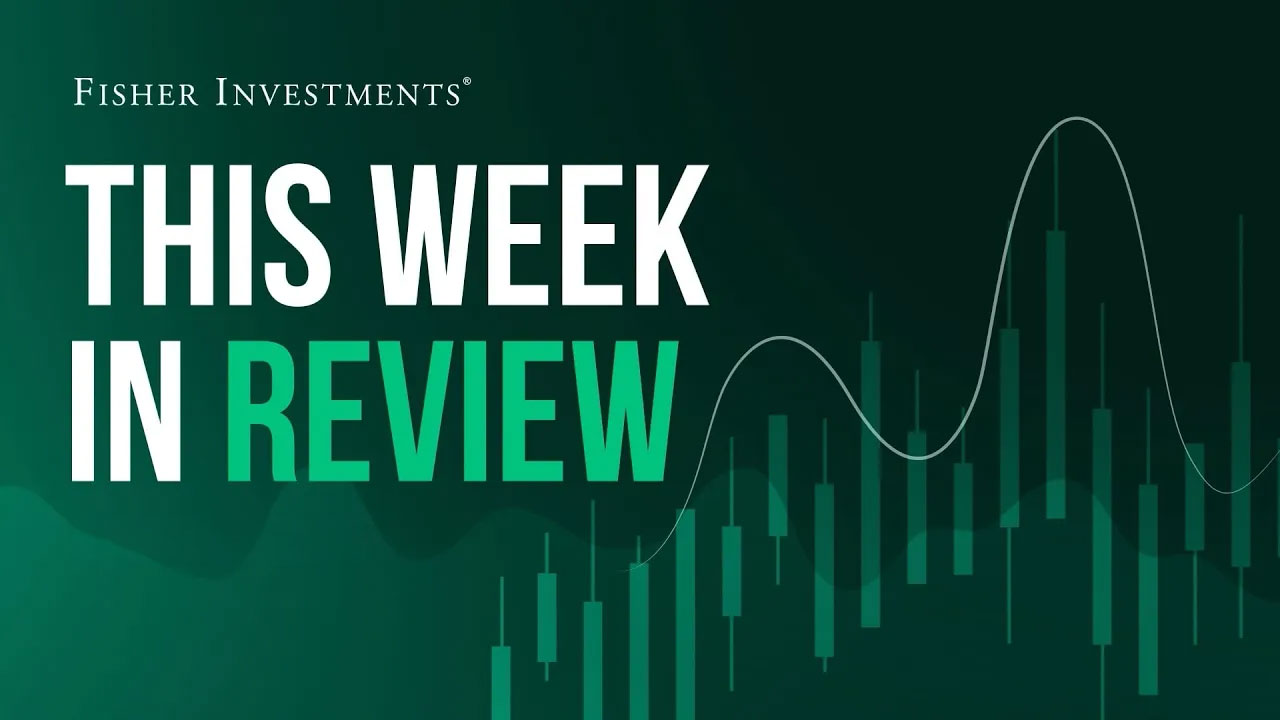Personal Wealth Management / Politics
What to Know as the Debt Ceiling Stalks Headlines
Today’s worries miss a few key points.
Editors’ Note: MarketMinder prefers no politician nor any party. We assess developments for their potential economic and market effects only.
Like an old friend coming for a visit or a movie sequel, debt ceiling theatrics are set to resume this summer. Estimates claim that somewhere between July and October, the US will exhaust its ability to meet all “obligations” without breaching the limit, reigniting fears over Congress whiffing on a deal and the possibility of default. Yet there remains no evidence—zip, zero, nada—debt ceiling theatrics are bearish or that failure to get a deal means the US defaults. Let us explain.
First, some background. America’s debt ceiling is the statutory limit on the amount of US federal debt the country can have (more info on it here). But it is purely symbolic—it doesn’t actually limit debt. Congress regularly raises or suspends it temporarily to keep Treasury bond issuance humming.
Most recently, Congress suspended it via the “Fiscal Responsibility Act” of 2023. The suspension expired in January, reinstating the limit at the current amount of debt. Since then, the US Treasury has been using so-called “extraordinary measures,” (like curtailing issuance of a special series of intragovernment bonds used effectively as accounting measures) to generate cash and continue meeting the government’s spending obligations.
This inevitably creates a frenzy to determine America’s “X” date, the day the “extraordinary” measures run out and the government becomes unable to meet all its “obligations” in full and on time. New analysis from the Bipartisan Policy Center (BPC)—a Washington-based think tank—forecasts the X date will land between mid-July and early October.[i] The Congressional Budget Office (CBO) amplified worries days later, guessing it will fall some time in August or September.[ii] So like clockwork, headlines warned America could “default” unless Congress and President Donald Trump can agree to lift, suspend or abolish the debt ceiling this summer. It isn’t as prominent as tariff dread, but it is part of the market pullback’s fearful backdrop.
Make no mistake, we think this is a false fear. Yes, an actual US default would be very, very bad. But perspective and facts are in order. First, crucially, America hitting its debt ceiling doesn’t automatically mean default. Default doesn’t mean missing vendor or contractor payments or failing to pay any random invoice, despite what headlines and many politicians usually say. It means one thing and one thing only: failing to pay interest or principal payments due to bondholders. The debt ceiling limits only new borrowing, so the US Treasury can issue bonds to repay and replace maturing ones.
As for interest, Uncle Sam currently collects more than enough in taxes—federal interest payments represented 17.9% of all tax receipts in 2024.[iii] Up against the debt ceiling or not, the government can easily cover interest due and avoid default. Some acknowledge this but say the Treasury can’t pick and choose what to pay but must pay bills in the order they arrive, potentially leaving bondholders in the cold. But in 1935, the US Supreme court interpreted the 14th Amendment’s Public Debt Clause as requiring debt interest over all other payments.[iv] Past administrations have acknowledged this, too—see former Treasury Secretary Tim Geithner’s 2011 payment prioritization contingency plan or the Government Accountability Office’s (GAO) statement to Congress back in 1985.[v]
This is just one reason debt ceiling standoffs have never caused a bear market. Consider some of Congress’s grittiest showdowns in recent history: Newt Gingrich and Bill Clinton’s 1995 debt-limit brawl ended in a government shutdown, but stocks did quite well that year.[vi] Things also got heated in July 2011, requiring nearly a month of Congressional back-and-forth before a deal was reached. That was a bad stretch for stocks, but the downturn—fully global—had much more to do with the eurozone’s sovereign debt crisis. The debt ceiling standoff and S&P’s related downgrade of the US credit rating affected sentiment but didn’t cause massive new declines, and the bull market remained intact.[vii] 2013 and 2023 also featured standoffs, among other examples, but both were solid years for stocks.[viii]
Another reason stocks have historically seen through past standoffs: Congress is usually all empty bluster. They always reach a deal, and that standard playbook doesn’t look far-fetched at this point. Yes, there is some intraparty gridlock among Republicans. But the debt ceiling is a separate issue—most disagreements today center on the size of tax cuts in the Trump administration’s agenda. Conversely, recent reports suggest President Trump and Congressional Republicans are moving closer to agreement on a separate spending bill that would include raising the limit once more.[ix]
But even if we see some sparring this summer, bickering and brinksmanship are normal precursors to a deal. Since 1917, Congress has raised the limit more than 100 times, not once failing to do so when the chips were down. When it comes to the debt ceiling, American politicians are famous for arguing noisily, claiming no compromise, warning of fallout, then striking a deal. We doubt this time is different.
In our view, the debt ceiling is a classic false fear. It isn’t presently affecting sentiment anywhere near to the degree tariffs and recession jitters are, but it is still a brick in stocks’ wall of worry—however small a brick it may be presently.
[i] “US Will Breach Debt Ceiling Between July and October Unless Congress Acts, Forecasters Warn,” Jennifer Scholtes, Politico, 3/24/2025.
[ii] “US Risks Default as Soon as August Without Debt-Ceiling Action, CBO Estimates,” Staff, Reuters, 3/26/2025.
[iii] Source: St. Louis Fed, as of 4/3/2025.
[iv] 73rd Congress, Session 1, Chapters 46 – 48, June 3, 5, 1933. Chapter 48, Joint Resolution to assure uniform value to the coins and currencies of the United States. Accessed via University of Chicago. Perry v. United States, accessed via Cornell Law School.
[v] “Question Concerning Secretary of the Treasury’s Authority,” Government Accountability Office, 10/9/1985.
[vi] Source: FactSet, as of 4/3/2025. S&P 500 total return, 12/31/1994 – 12/31/1995.
[vii] Ibid. S&P 500 total return, 12/31/2010 – 12/31/2012.
[viii] Ibid. S&P 500 total return, 12/31/2012 – 12/31/2013 and 12/31/2022 – 12/31/2023.
[ix] “Republicans Reach ‘Consensus’ on Raising the Debt Limit with Single, Filibuster-Proof Bill,” Josh Christenson and Ryan King, New York Post, 3/25/2025.
If you would like to contact the editors responsible for this article, please message MarketMinder directly.
*The content contained in this article represents only the opinions and viewpoints of the Fisher Investments editorial staff.
Get a weekly roundup of our market insights
Sign up for our weekly e-mail newsletter.

See Our Investment Guides
The world of investing can seem like a giant maze. Fisher Investments has developed several informational and educational guides tackling a variety of investing topics.



